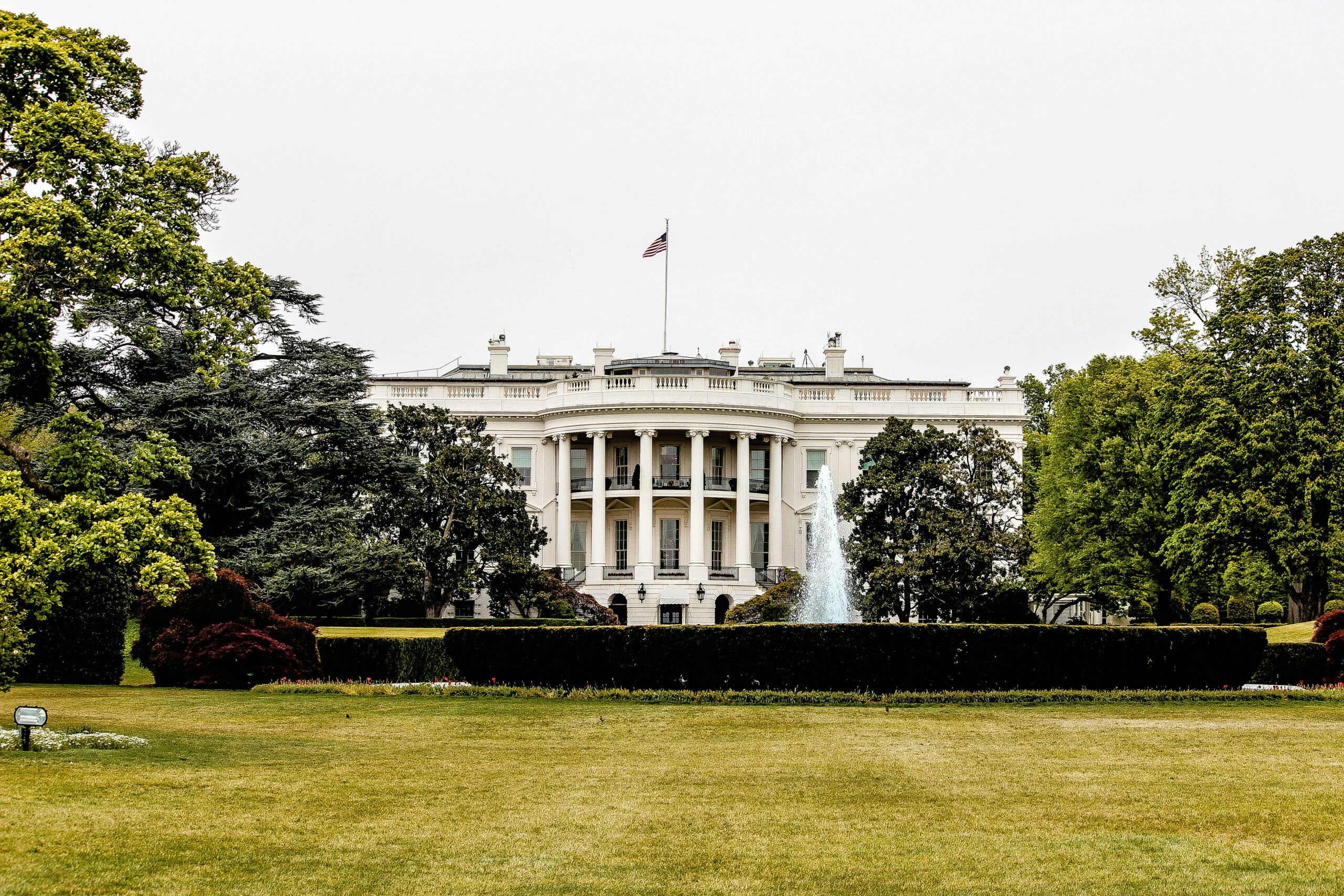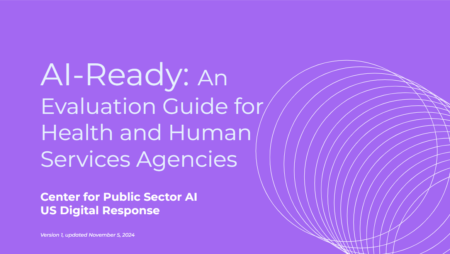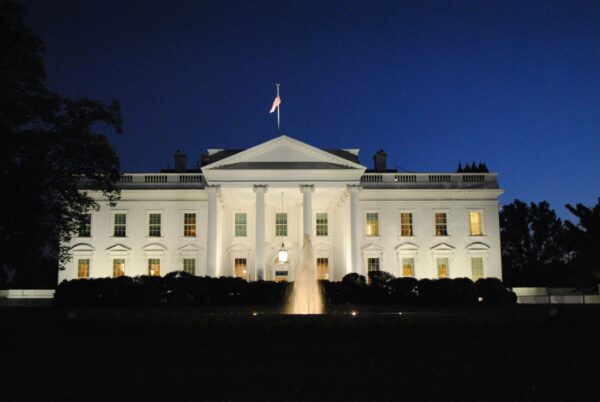On Wednesday, the National League of Cities and Google Public Cloud unveiled a standardized evaluation framework for AI use cases in local governments. Alongside the framework, they released a public toolkit of resources to help cities adopt AI in compatible and standardized ways. This initiative aims to avoid an “AI divide,” where AI technology and governance vary widely across agencies. The effort complements a survey released by the National Association of State Chief Information Officers, highlighting that AI is becoming “fairly ubiquitous” in state government. The survey revealed that 72% of states have formal AI governance policies, and 61% have documented AI use cases in government services and administration areas.
In the private sector, OpenAI released an AI infrastructure blueprint that envisions AI being used responsibly by businesses and governments to enhance productivity and improve services. The blueprint outlines a potential role for the U.S. government in fostering AI development through initiatives such as AI economic zones and by integrating AI into public services.
At the federal level, the Department of Homeland Security (DHS) introduced a framework for deploying AI responsibly. The framework proposes regulatory standards for using AI in critical national systems, including power grids, water networks, and air travel infrastructure. Additionally, the Biden administration released a previously confidential framework from federal intelligence and security agencies. This document details how these agencies balance civil liberties with national security concerns when deploying AI or handling personal data.
State and Local AI Innovations
At the state level, Nebraska’s Chief Information Officer has reorganized its IT structure to support AI adoption better. By creating new departments focused on web services, cybersecurity, and AI governance, Nebraska aims to modernize its IT systems and workforce in preparation for broader AI integration.
In smaller municipalities, Covington, Kentucky, launched an AI-powered chatbot to serve as a customer service agent across all municipal services. The chatbot project was completed for just $200, highlighting how smaller governments can implement AI through cost-effective, in-house efforts. While many small cities lag behind state and county governments in AI adoption, initiatives like Covington’s demonstrate the potential for grassroots innovation. Meanwhile, Massachusetts is leveraging partnerships with local universities to develop AI use cases for government services. These collaborations aim to encourage students in AI and computer science to pursue careers in state IT, addressing workforce challenges in AI deployment.
International and Private Sector Updates
Internationally, the International Rescue Committee has integrated AI chatbots into its mobile apps to support humanitarian efforts. These tools are currently being deployed in El Salvador, Kenya, Greece, and Italy to assist local organizations serving displaced populations.
In related developments, the transition to the Trump administration has sparked discussions about the future of federal AI policies. The Secretary of Homeland Security has expressed hope that the incoming administration will retain the agency’s AI governance board, even as the executive order supporting it is expected to be rescinded. Meanwhile, reports suggest that many private companies are reconsidering their commitment to President Biden’s voluntary AI safety standards as these guidelines face an uncertain future.









